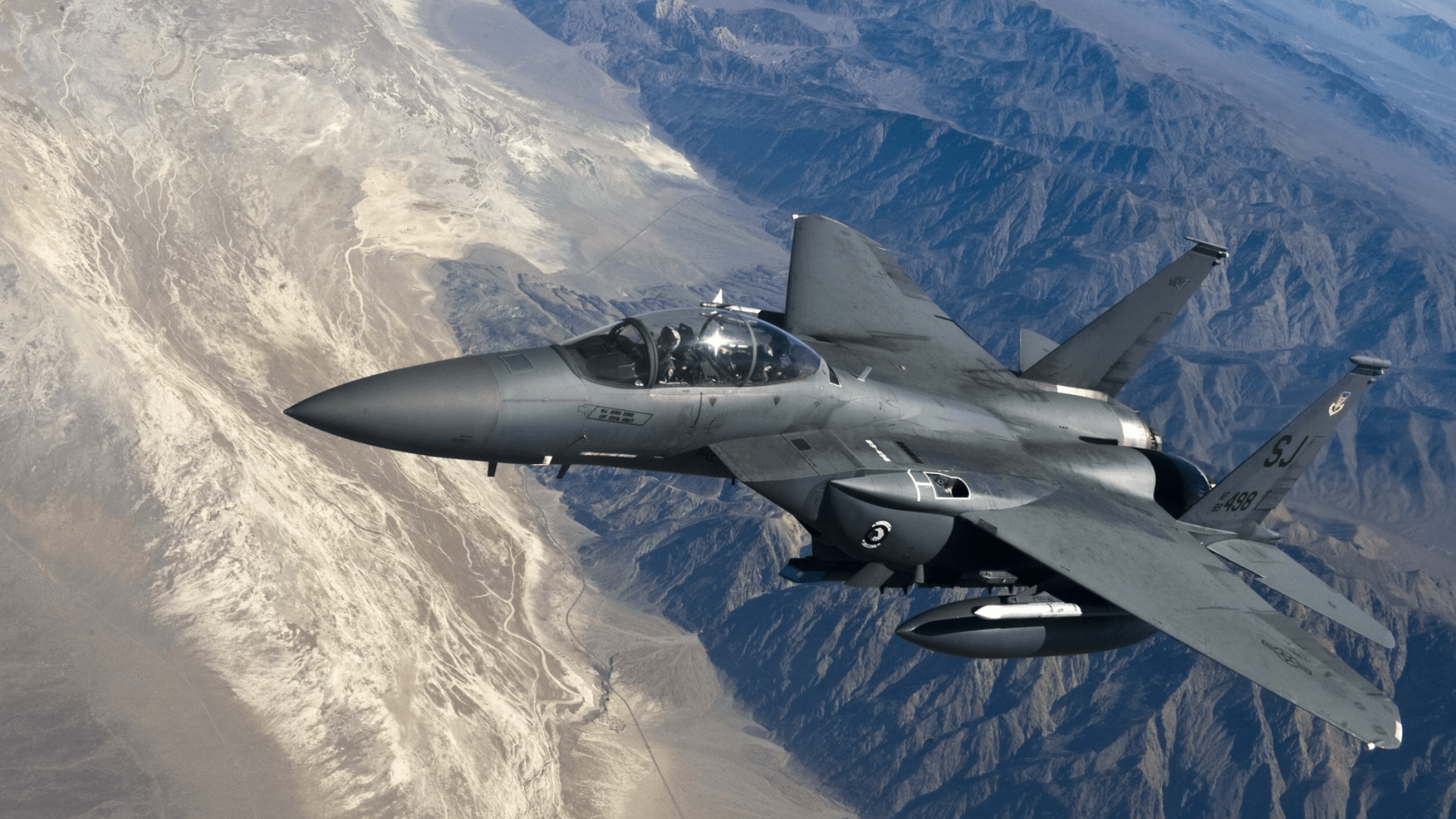The Pentagon halted accepting new F-35s last July due to issues with Technology Refresh-3, or TR-3.
According to Gen. Kenneth Wilsbach, the head of Air Combat Command, they have been focused on resolving issues with the TR-3 software upgrade for the F-35 jets.
Lockheed Martin had stability issues with the software package, leading to a pause in delivering jets to the Air Force in recent months.
Problems and solutions for F-35
“We’ve held up signing the jets over to the Air Force for the last few months. And so we’re very much focused on unwinding that hold up. And I’m hopeful that those jets will start to be delivered this month,” Wilsbach said during a virtual conference organized by the Mitchell Institute for Aerospace Studies.
The Air Force is considering several options to address long-standing issues with the F-35’s power and cooling systems. These options range from costly fixes that add extra capabilities to simpler solutions that meet basic requirements, with Wilsbach emphasizing that resolving these issues is a top priority moving forward.
The F-35 Joint Program Office (JPO) announced earlier this month that they have decided to proceed with the TR-3 software truncation plan. Following extensive coordination with various stakeholders, including services, the Joint Strike Fighter Executive Steering Board, pilots, maintainers, and industry, F-35 deliveries will resume soon, Defense One reported.
Lockheed forecasts potential $700 million boost
The Pentagon was withholding approximately $7 million in final payments for each undelivered aircraft, based on estimates by Jefferies aerospace analyst Sheila Kahyaoglu.
Lockheed anticipates delivering between 75 and 100 aircraft by December 31, potentially bringing in $700 million to the company during that period, Kahyaoglu noted.
The initial aircraft deliveries will include F-35A Air Force models, with Navy and Marine Corps versions to follow after those jets undergo flight worthiness tests with an interim upgrade, Bloomberg writes.
This plan aligns with a proposal that the JPO’s program executive officer, Lt. Gen. Mike Schmidt presented to Congress in April, where he suggested a two-phase delivery approach: initially accepting jets with hardware and software that do not fully meet warfighting requirements but can be used for training, with upgrades planned for later.
“This is an important milestone in our continued development of TR-3 capabilities. We look forward to delivering the first TR-3 F-35s with combat training capabilities soon,” Lockheed stated.
The Air Force jets will be accepted with interim training capability software, not full combat capability. They will require software updates to achieve full combat capability once that part of the software is completed, expected next year.
The expected upgrade will boost the jets’ processing power by 37 times and memory by 20 times compared to the current F-35 capabilities. Originally planned for delivery in July 2023, the first fully capable TR-3 jets have faced setbacks due to issues with the new software and integrated core processor for combat missions.
ABOUT THE EDITOR
Bojan Stojkovski Bojan Stojkovski is a freelance journalist based in Skopje, North Macedonia, covering foreign policy and technology for more than a decade. His work has appeared in Foreign Policy, ZDNet, and Nature.




